Document Compliance Standards
Remove barriers to accessible, inclusive digital experiences.

Americans with Disabilities Act (ADA)
You are probably familiar with the Americans with Disabilities Act (ADA), a US guideline enforced by the Department of Justice. It was created to accommodate the needs of people with disabilities in public areas like buildings, parks, facilities, and transportation (to name a few).
ADA and other accessibility guidelines also extend to communications and IT. Even if an organization is not directly required to follow other compliance requirements, nearly every organization is subject to the ADA. The ADA is separated into multiple titles covering almost all organizations, instilling this accessibility requirement across the board.
If you live outside of the United States, you must comply with your country’s laws. Most countries have disability civil rights laws inspired by the ADA that contain guidelines, regulations, or standards.
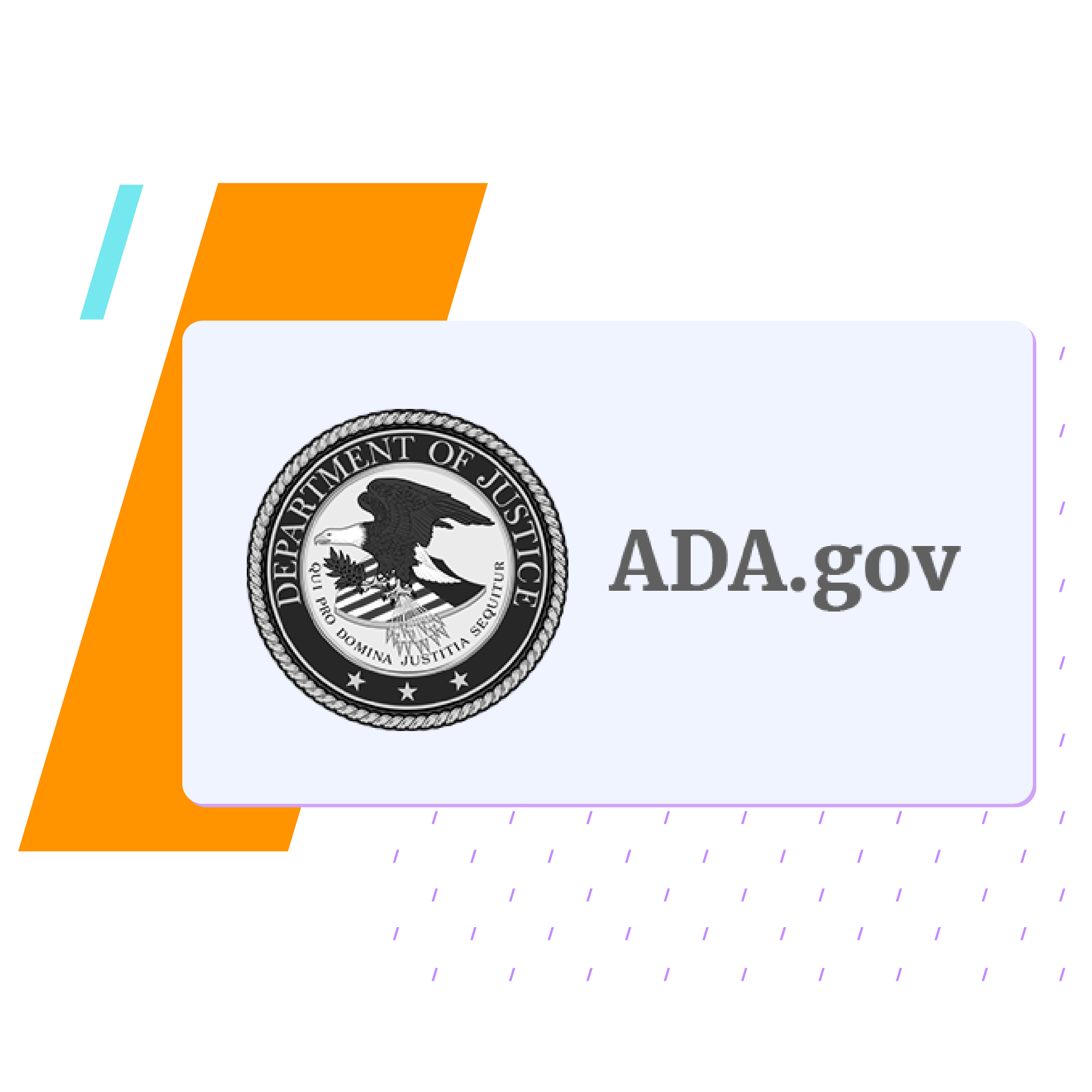
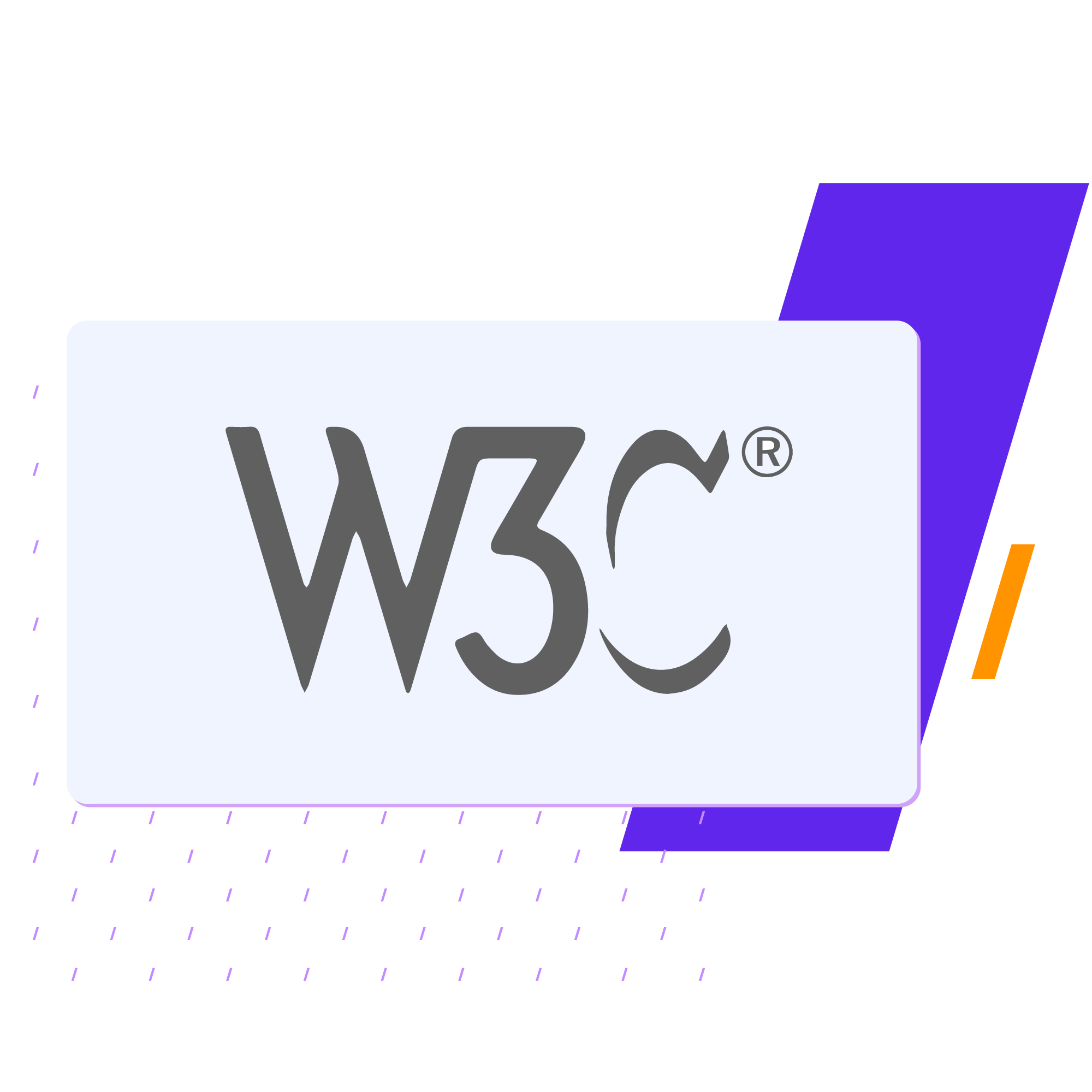
WCAG
Drawing from the experience of an international group of members, W3C created Web Content Accessibility Guidelines (WCAG) to provide one standard that applies across the web.
These standards have guidelines to ensure that content is perceivable, operable, understandable, and robust (POUR) to everyone, including people with disabilities.
Three testable WCAG conformance levels exist: A, AA, and AAA. A is the lowest accessibility criteria, and AAA is the greatest (and most challenging to achieve). For example, accessible color/contrast of text is harder in AAA than in A because the list of accessible combinations is much more limited.
Most organizations strive for AA.
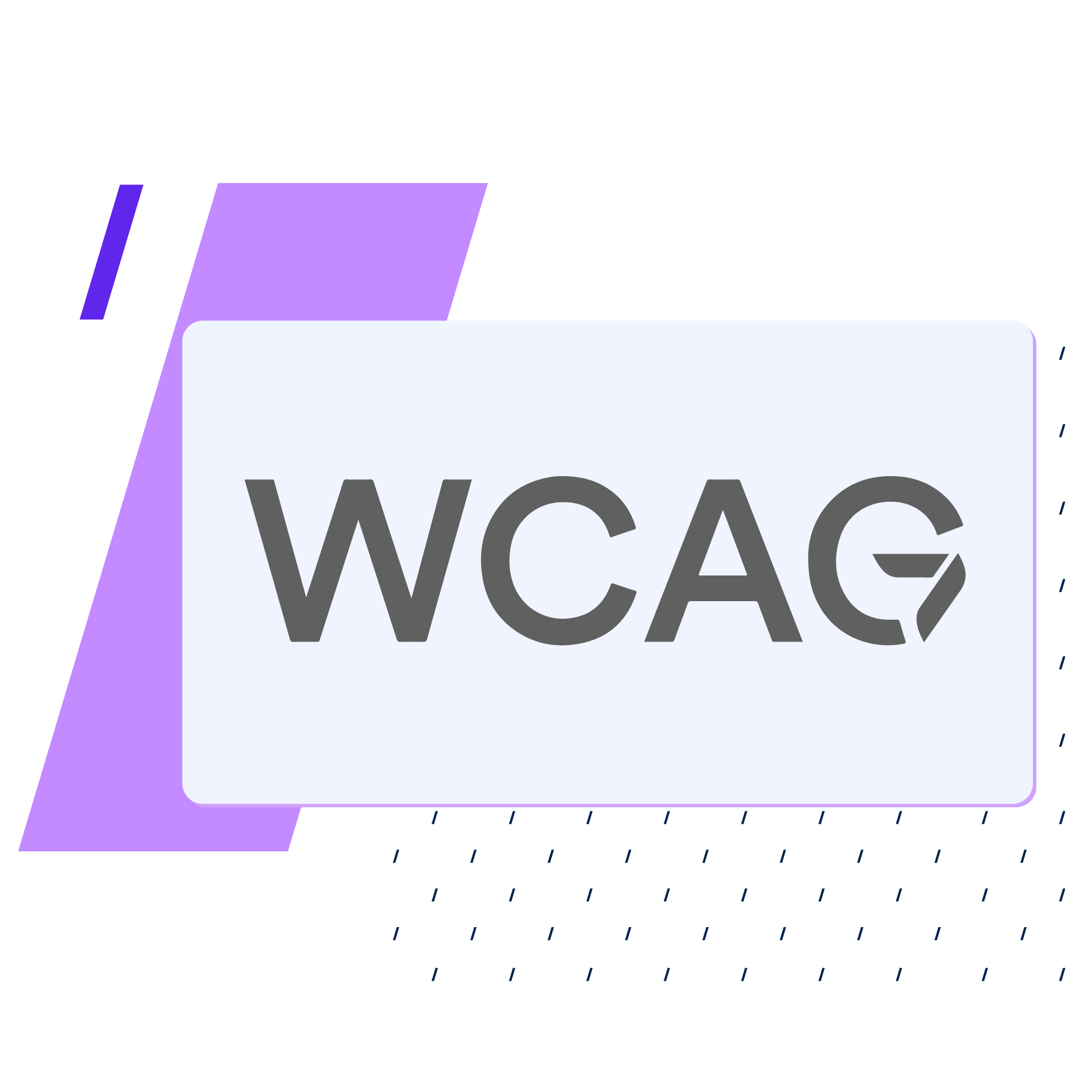
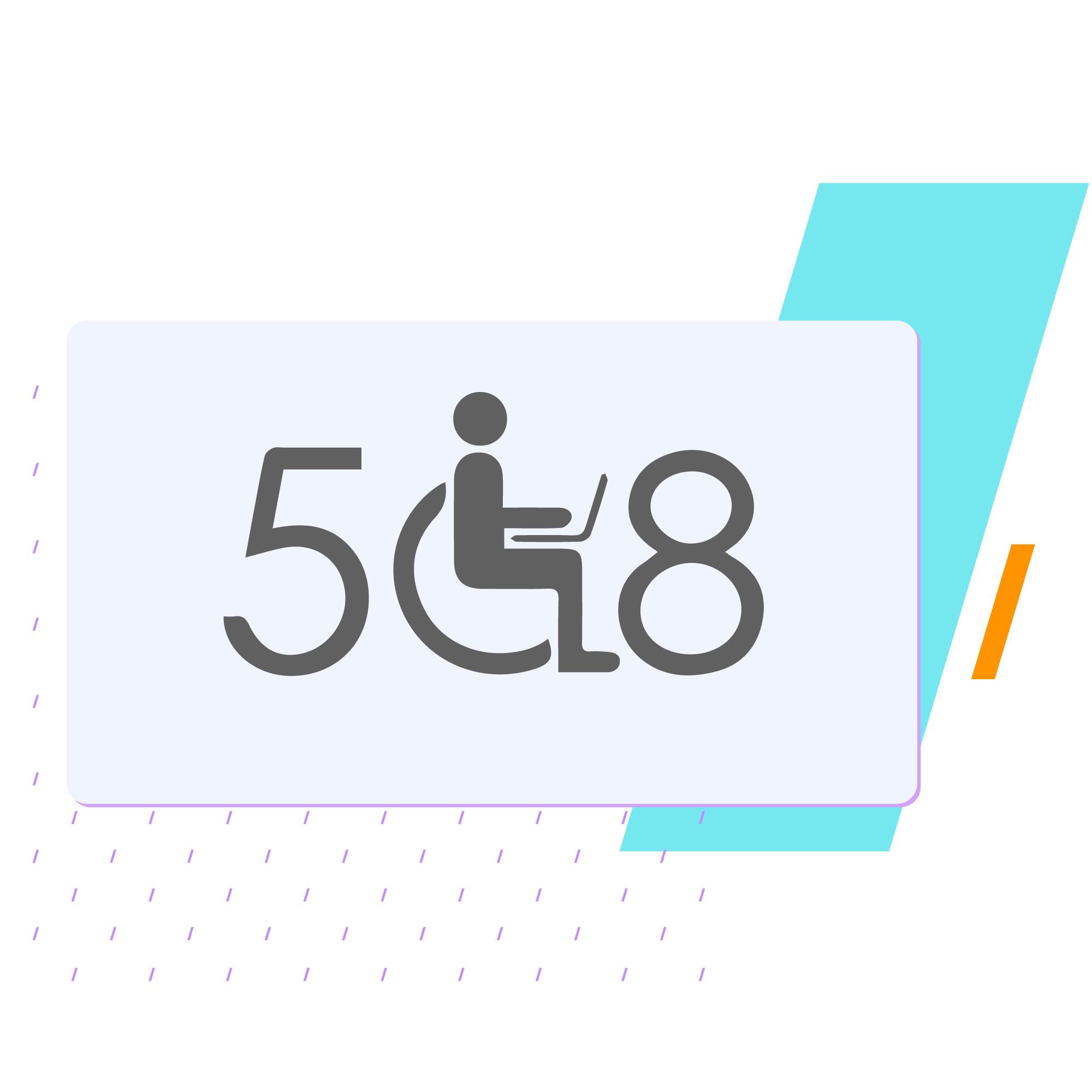
ISO 32000 – PDF Standard
ISO 32000 addresses some accessibility functionality, but its primary purpose is to ensure correct PDF construction by offering guidelines for software developers and content authors. It checks document components like links, forms, graphics, and the literal encoding of the PDF.
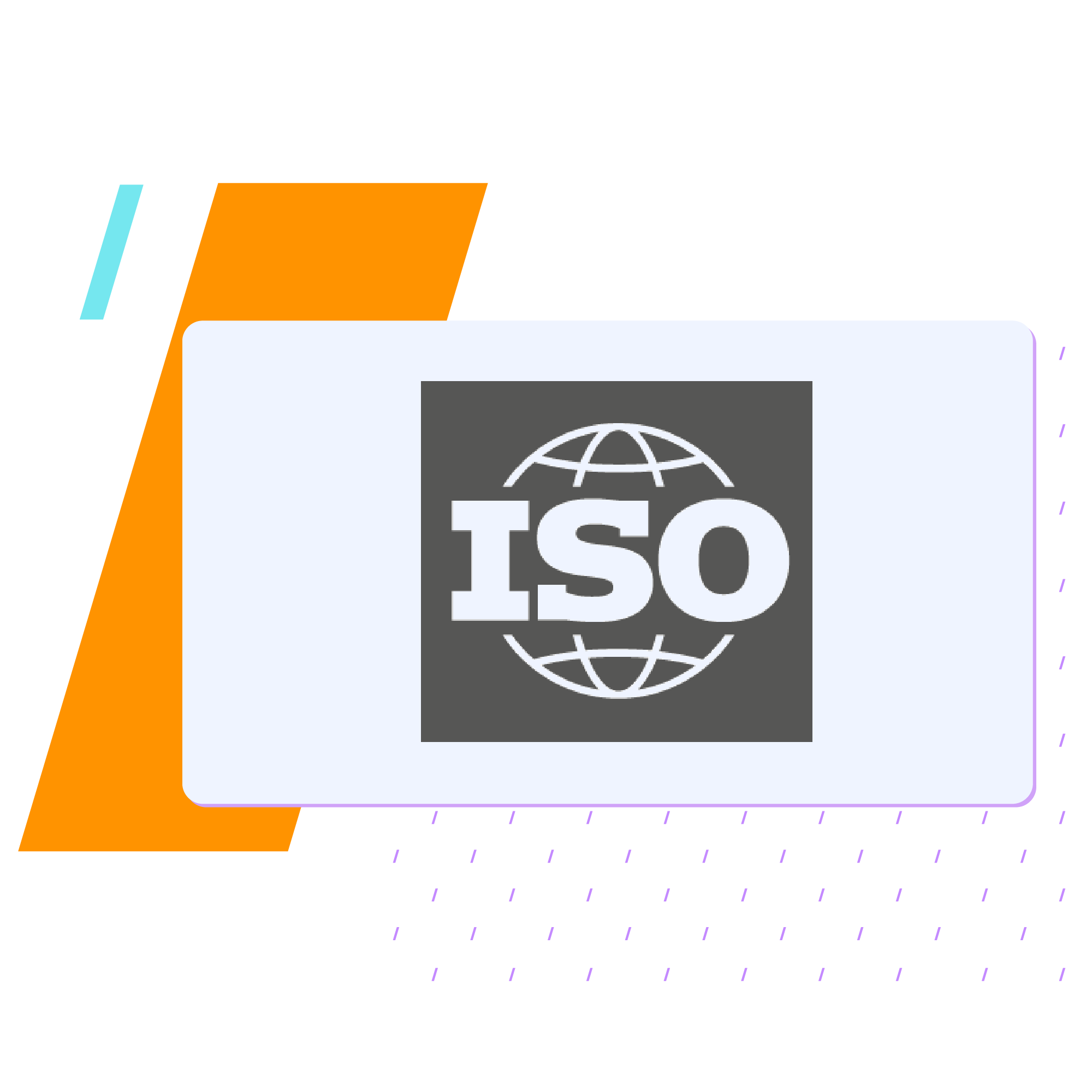
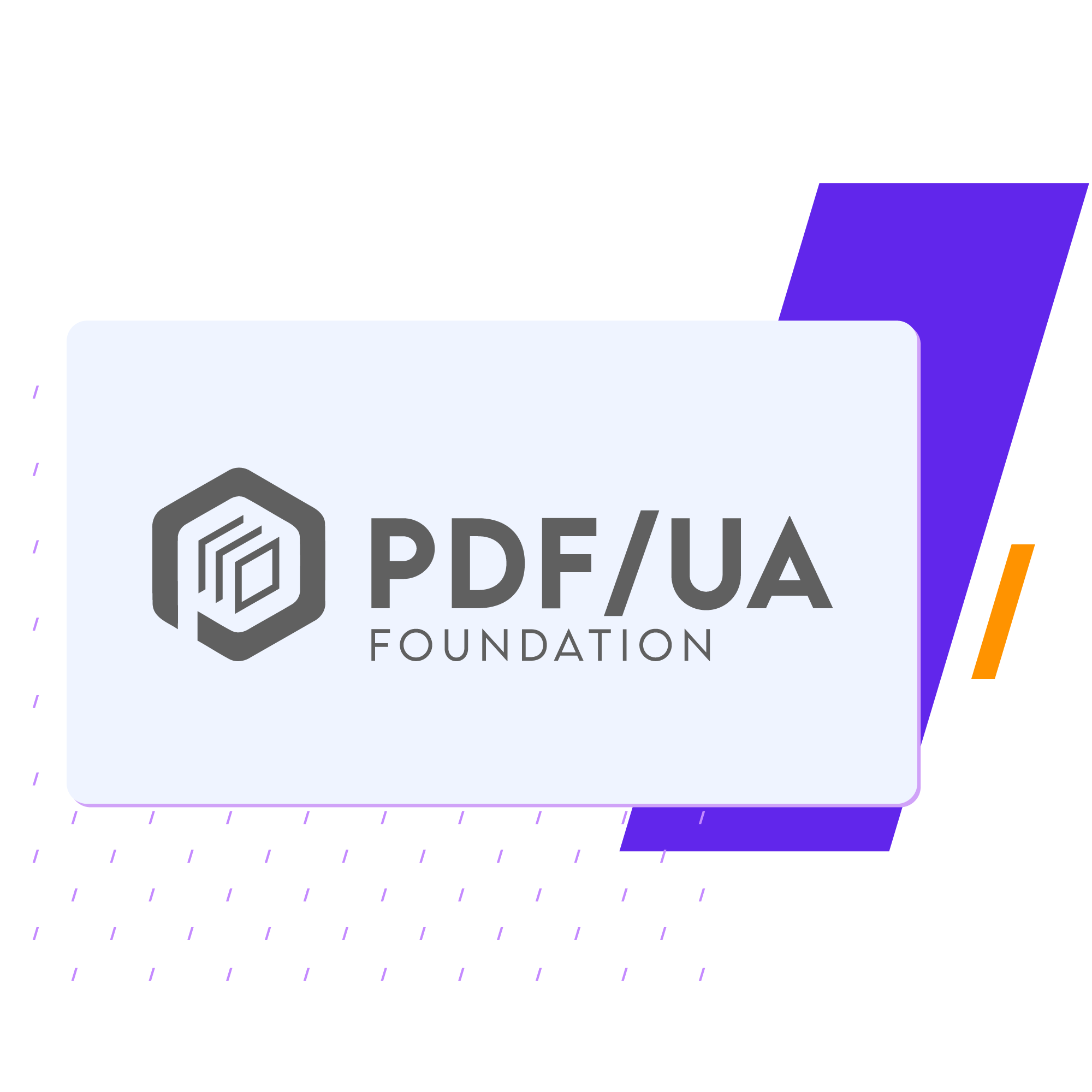
HHS
The US Department of Health and Human Services developed the HHS standard for healthcare organizations. Every electronic or information resource created by or purchased through a healthcare provider in the United States is required by law to be accessible. Section 508 compliance is also necessary to meet HHS’s accessibility guidelines.
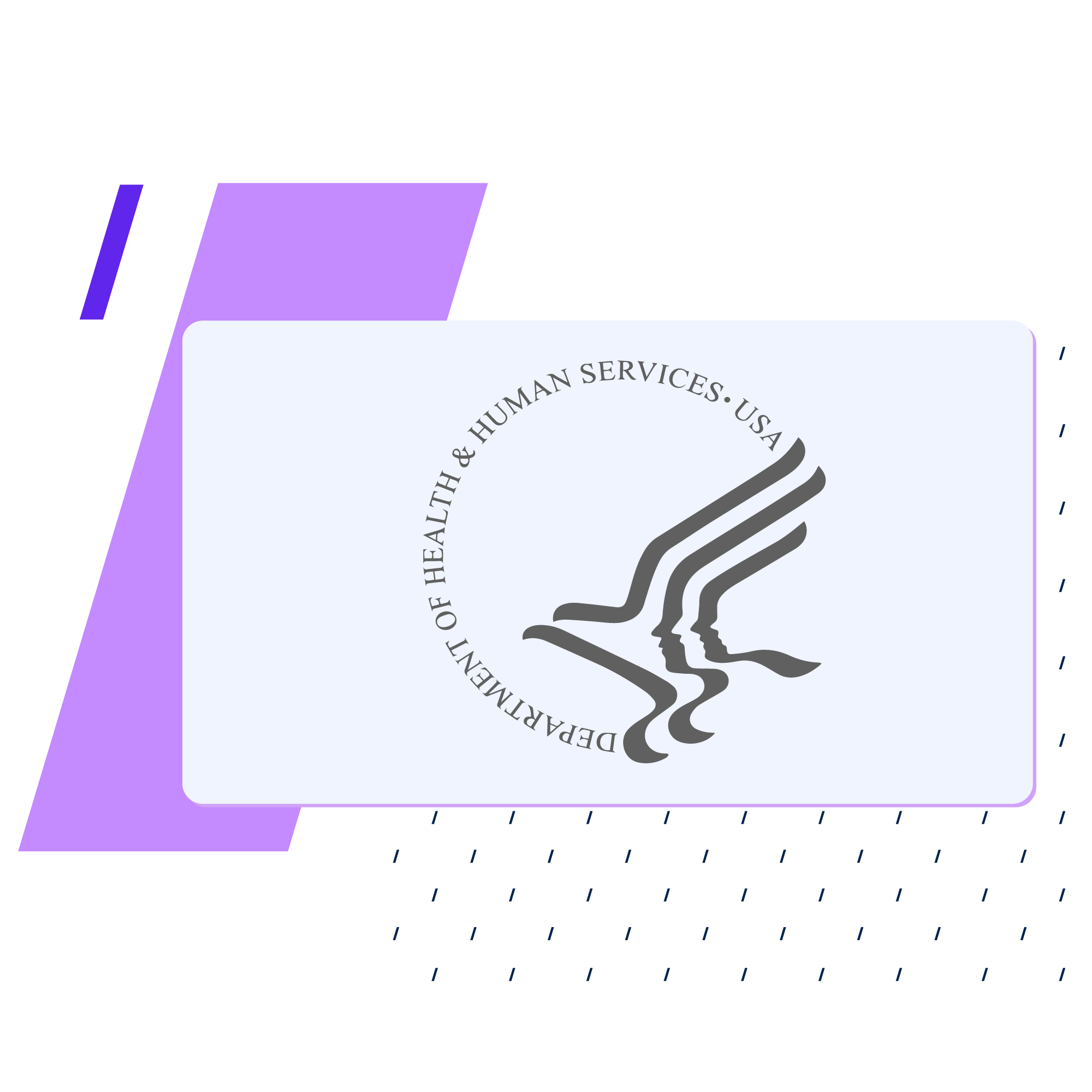
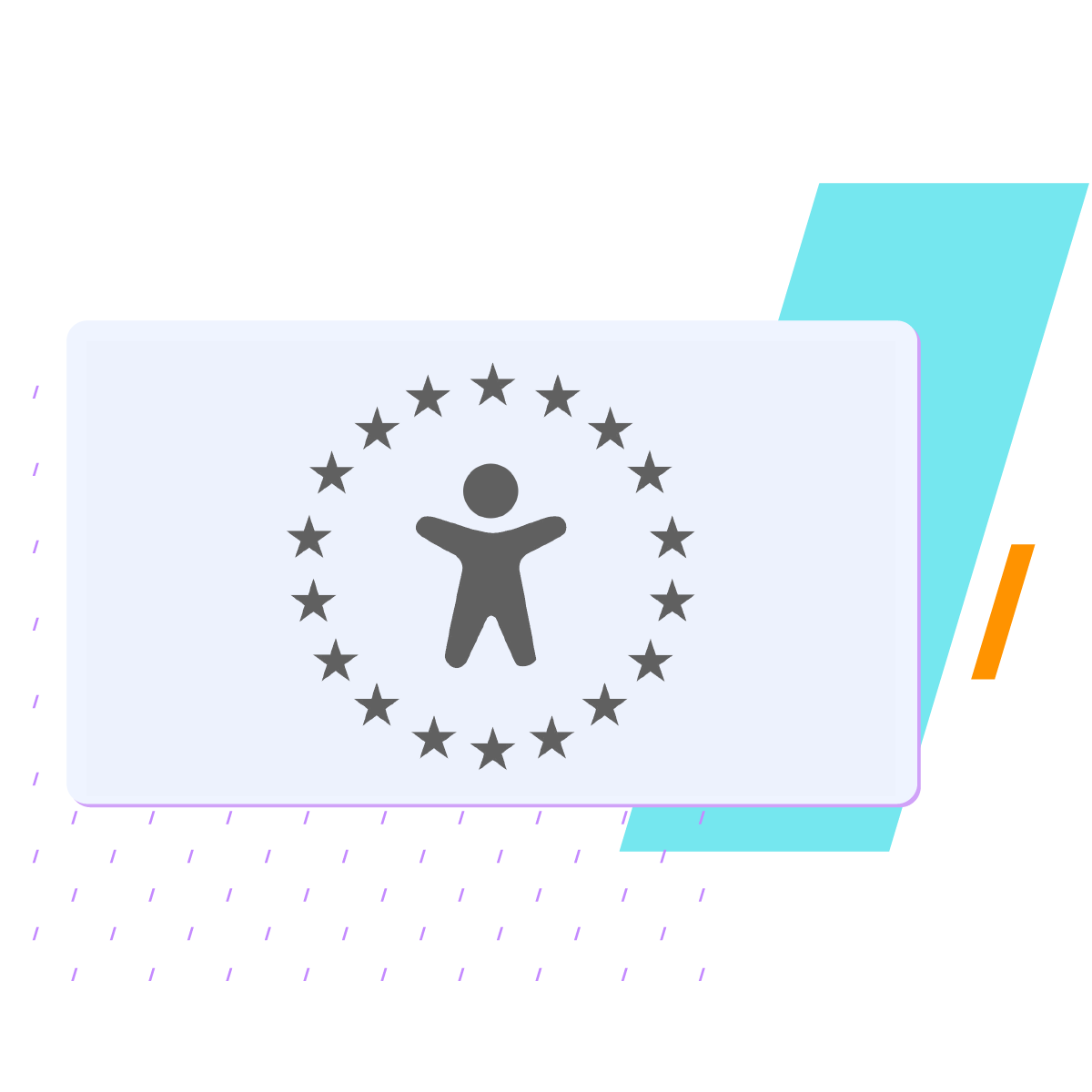
Are you ready to deliver accessible, intuitive experiences for all users?
Contact us today, and one of our accessible communications experts will guide you through the process.
Book a Meeting